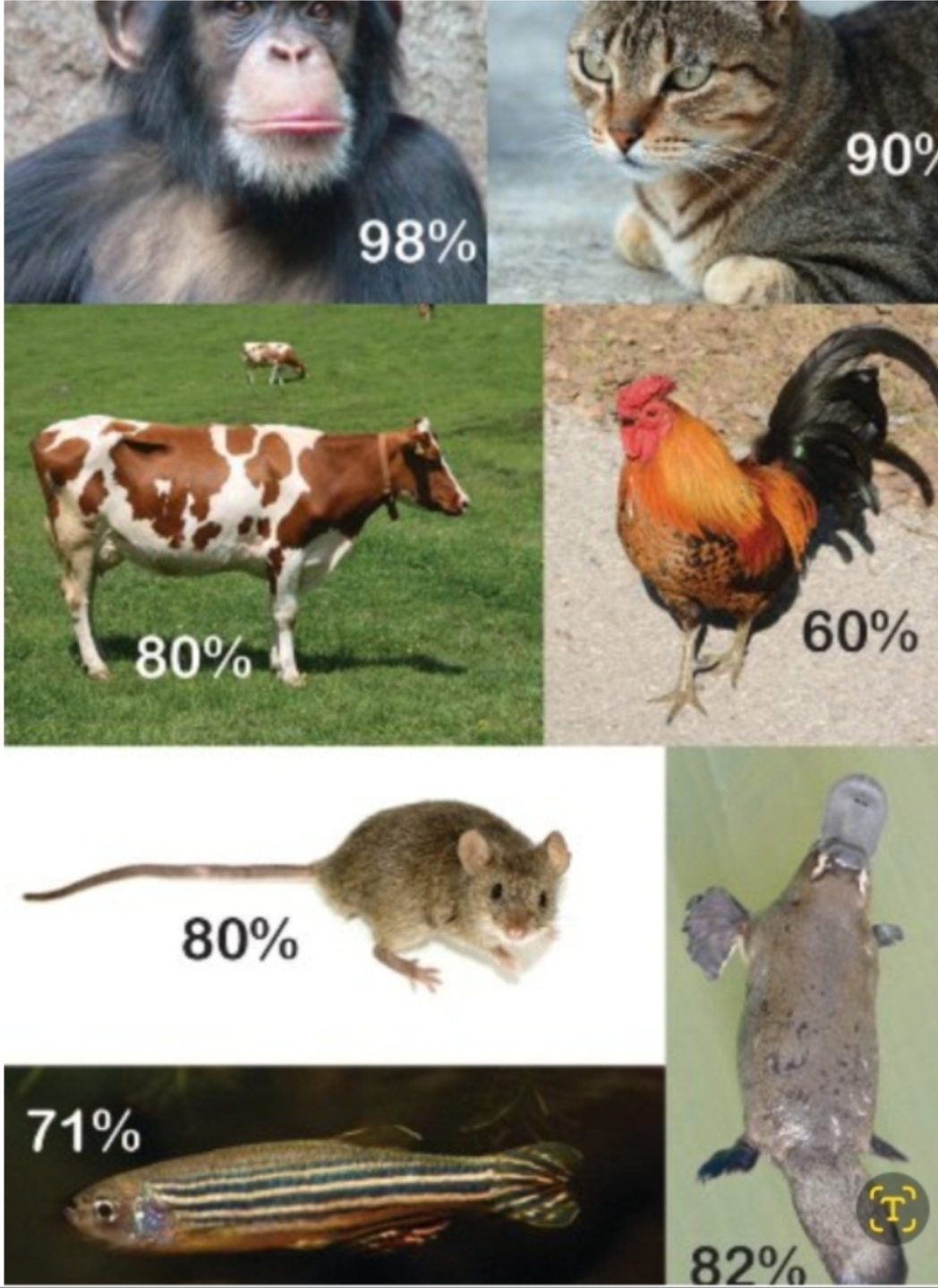So called "Junk DNA" explains Antibiotic Resistance without Darwin

“Most antibiotic resistance genes in bacteria are in mobile genetic elements and acquired by horizontal gene transfer (HGT)” Article :”Antimicrobial Resistance,” by Michael Milgroom, Biology of Infectious Disease (11/23) Introduction Antimicrobial resistance (AMR) is the ability of microorganisms, such as bacteria, viruses, fungi, and parasites, to survive and thrive in the presence of antimicrobial agents that were once effective in killing or stopping their growth. AMR is a growing global public health threat that is estimated to cause 10 million deaths annually by 2050 if no action is taken. Causes of AMR The main causes of AMR is the horizontal gene transport of transposable elements (so called Junk DNA) not neo darwinian random mutations. This occurs through the misuse and overuse of antimicrobial agents. This includes the use of antibiotics in humans and animals for non-therapeutic purposes, such as low-dose antibiotics in animal feed to promote growth. It also includ...


